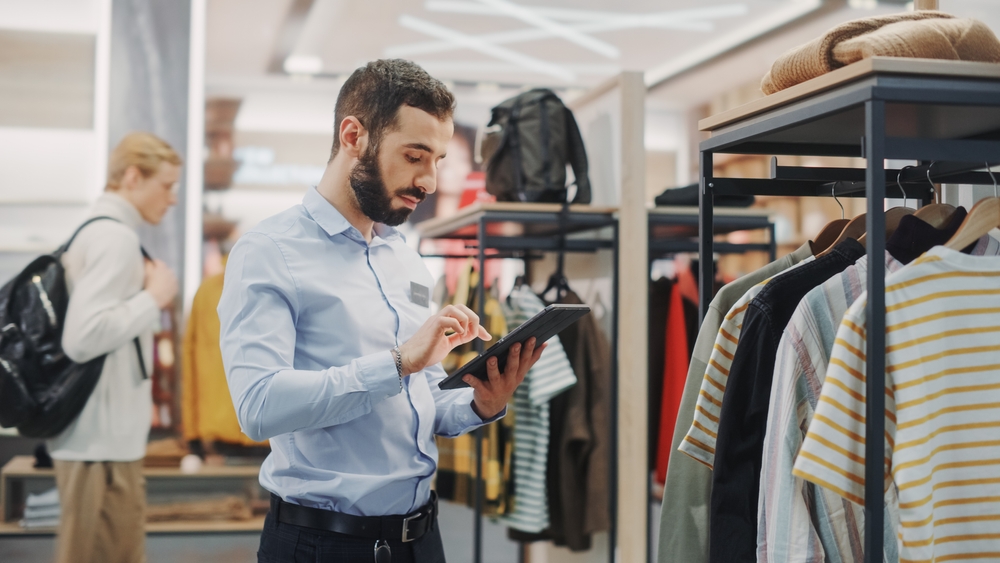In the past, have you ever felt as if a powerful force within a store was guiding you? Perhaps all you wanted was a banana split when you walked into the store, but as you strolled through the ice cream aisle, a banana split seemed like a great idea. Despite your best efforts, you ended up buying more than you intended.
Retail stores around the world rely on a variety of strategic planning techniques every day to achieve this. Store layouts and displays of products are designed to encourage you to make more purchases. By planning a store’s layout, retailers increase the chance you’ll purchase more items, making you stay in the store longer.
Today, we will focus deeply on how retail space planning in Las Vegas plays a major role in influencing the way potential customers navigate within a store to find what they need and walk out with a lot more than they originally planned.
Understanding Space Planning
For retailers to achieve success, they must drive sales and enhance their customers’ shopping experience. To maximize sales per square meter and enhance customer satisfaction, they combine aisle navigation, product displays, and shelving when it comes to commercial design in Las Vegas.
A space plan shows you how to navigate to featured products. It is like a map of how to get there.
It is pretty routine for retail stores to arrange their displays so that you can start by examining the best-looking products. A retail tactic that uses fresh foods makes you feel less guilty when you buy processed foods in the future.
To look up-to-date, modernized, and vibrant, a retail store will reposition products, shelves, and aisles based on buyer research, customer demand, and competitors. Retailers can increase sales by using these five space planning techniques.
The Decompression Zone
As you enter, you are greeted by a space inviting you to explore and browse. It needs to be a safe and inviting space. As you enter the decompression zone, you are prepared for what’s to come and can concentrate better.
The following are good decompression zones:
- Ensures a spacious, clutter-free environment
- Provides an overview of the merchandise upon entering the store
- Lacks distracting advertising or marketing tactics
- Provides a small space for visitors to browse
- The entrance is usually decorated with fresh flowers that entice clients into the store
Clockwise and Counter Clockwise
Customers need to locate the products they are looking for, which means retailers need to make it easier for them. Since most people are right-handed and naturally turn to the right, retail stores have space plans that go counter-clockwise, from right to left.
The counter-clockwise layout has traditionally been the norm for many stores, but many have recently begun going clockwise, left to right, hoping this will grab shoppers’ attention and excite them as much as the familiar counter-clockwise layout.
Slow Down
Speed bumps are visual breaks that retailers use to encourage shoppers to make impulse or seasonal purchases. Speed bumps encourage people to walk down the aisle looking for popular items, and they are created by using signage, specials, or placing items halfway down the aisle.
It is common to stock staple items at the back of the store, so customers spend more time inside, increasing basket size and impulse purchases. Consequently, shoppers who stop at the grocery store for a quick trip are tempted to grab other items on the way out.
Taking down windows is another way to slow down customers. You become disconnected from the outside world, so you no longer see the passing time, allowing you to shop longer.
Visual Appeal by Blocking
By using style or color, retailers can create a triangular composition – high at the back, tumbling toward the front – by blocking certain products together.
By symmetrically displaying their best sellers in prominent visual locations, they entice you to buy through visual appeal.
Shelf Spacing
Shoppers are manipulated by shelf space to buy more. Retailers have differing views on this strategy, with some believing eye-level is the best location for a product while others think higher is better. Several retailers believe products that are displayed at the end of aisles receive the most visibility by displaying them at the end caps.
Benefits of Space Planning
Retail stores can achieve aesthetic layouts with the above techniques in order to simplify the shopping experience and eliminate out-of-stock items.
It’s easier to order products and restock shelves when products sell more evenly.
Retail stores can use Realograms to test these techniques beforehand and planograms after they have been implemented to compare their effectiveness.
As an indicator of space planning success, an increase in sales is also relevant.
Shift Employees
It is crucial to consider how many employees you will have in your store when planning retail space. In order to prevent team members from being too close to one another during shifts, it may be necessary to lower the number of people working each shift. Or what you can do is ensure your retail space is big enough to distance people from one another in case another lockdown is enforced.
Planned spaces ensure that the flow of space is efficient, allowing you to shop comfortably and to linger longer. Retailers must work hard to create a flow that leads to increased sales. Optimizing your store’s floor space can improve your return on shelf space, so you may want to learn more about how to do that with the help of a commercial interior design firm in Las Vegas.
It is wise to make your investment as soon as possible in an interior design firm that can deliver on all of these factors and ensure the success of your retail store.
